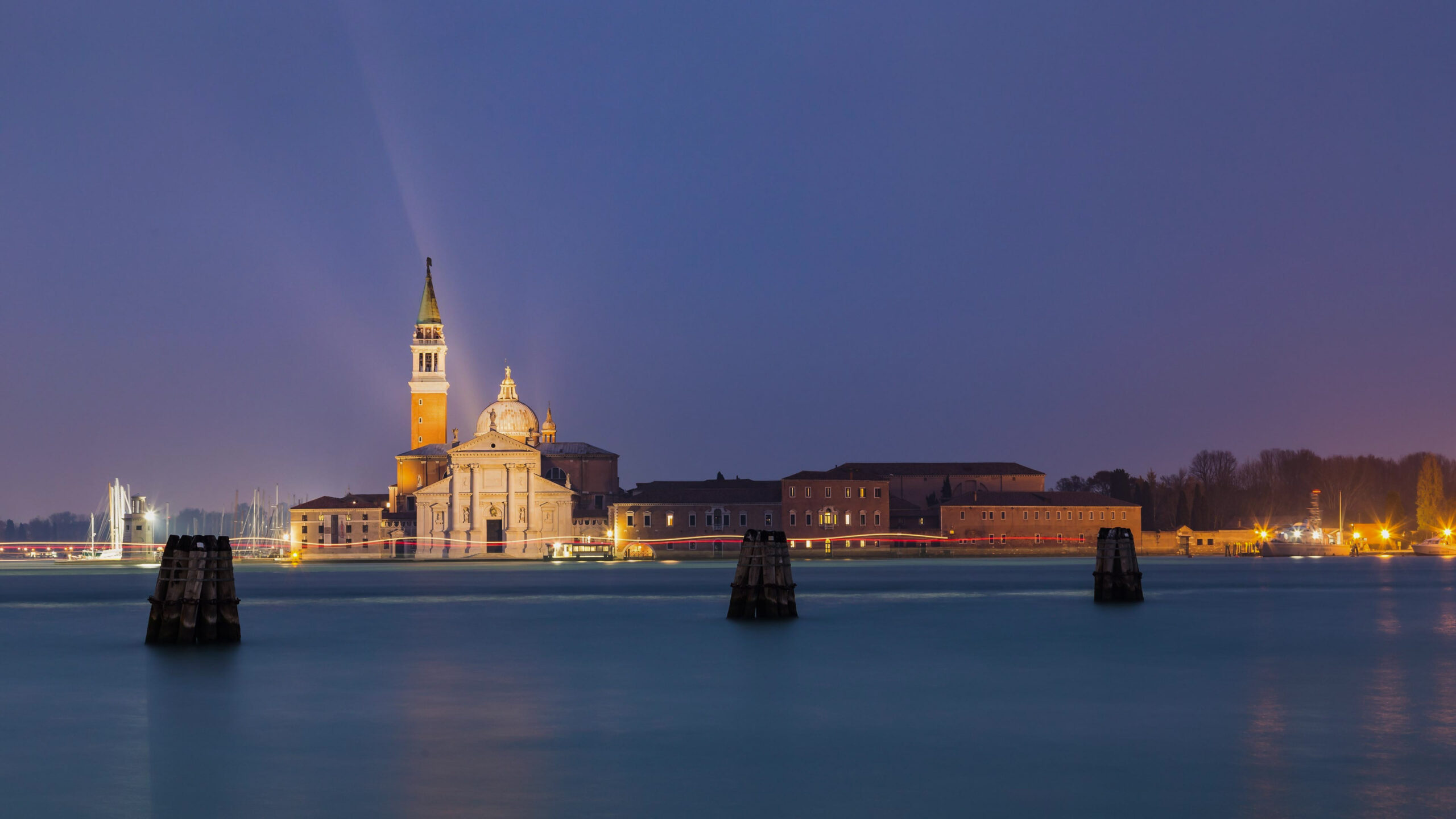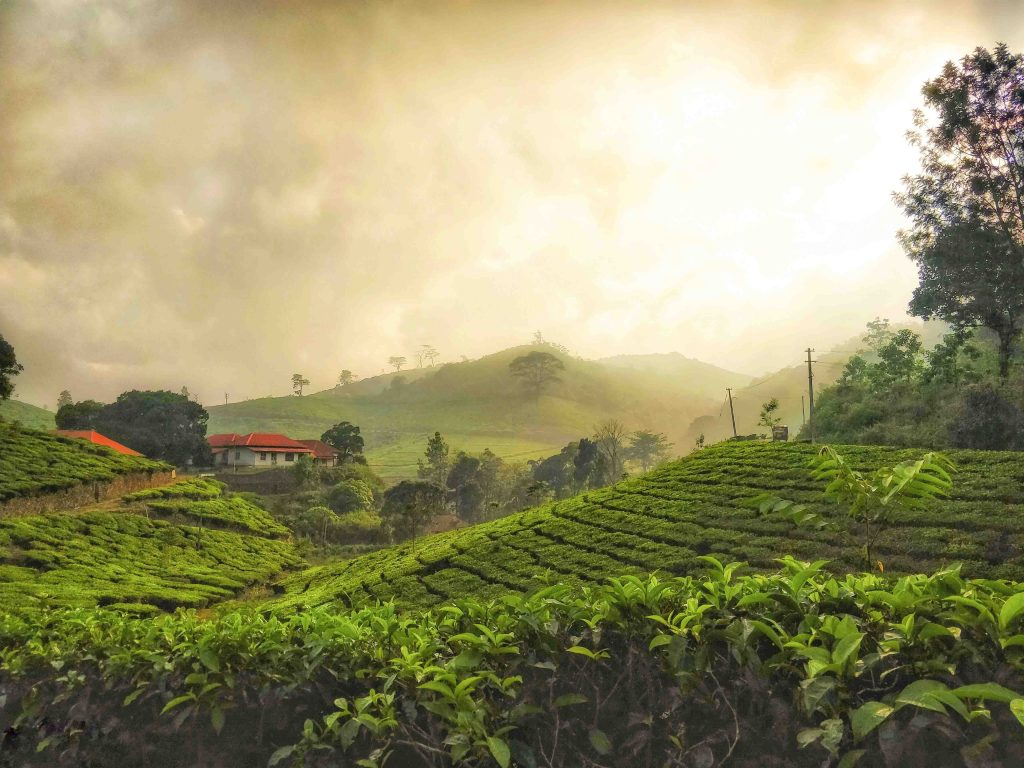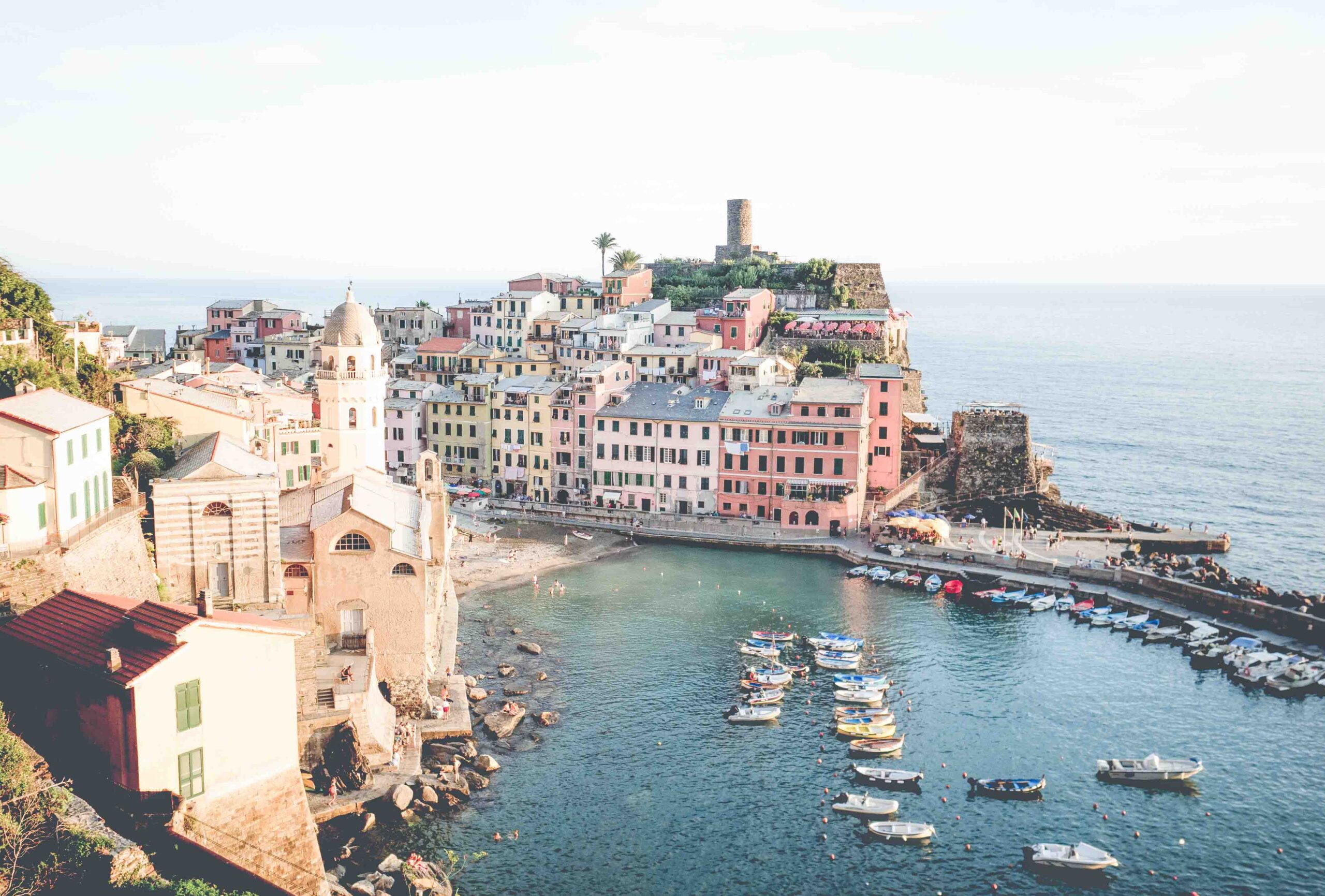Photograph Venice is an opportunity to capture this unforgettable and unique place in the world!
What photograph in Venice
Many times i have immortalized Venice, every time I really enjoy as photograph or when I doing workshop there. Beyond any doubt, it is one of the most photogenic cities in the world. There is a photo to be taken around every corner, which could not be taken in any city I have ever visited. From classic gondolas and impressive churches to quiet corners with friendly locals. Like another famous location in Italy, like Cinque Terre, Florence or Val D’orcia you need to avoid tourist and choose the right time. So find a new perspective and point of view, can be a game changer.

Gondole
Gondolas will certainly be among the first things you photograph in Venice. These are typical Venetian boats maneuvered with a single oar and indispensable means of transport for the canals of the city before the advent of the engine. Today they are available to tourists and allow a further and yet different point of view of the city.
The black gondolas will be visible everywhere: the beautiful ones parked in the open lagoon in front of Piazza San Marco, in Riva degli Schiavone where in the background there is the island of San Giorgio Maggiore; it is spectacular to immortalize one that emerges from the Rialto Bridge and to be lucky enough to spot them in the narrow canals while the gondoliers maneuver and push their foot against the wall.

Bridges and Canals
Needless to say, you will take at least 100 photos between bridges and canals!!! Try not to even if every corner is a temptation, it’s as beautiful as a painting and looks like a small movie set. During my photographic workshop I try to tell to wait and thinking well before take shot in Venice, if not you will need many memory card!.
- Capture Venice with me
- Come with me to discover and photograph Italy
- Discover and photograph the Venice Lagoon with a private tour
435 bridges and 176 canals produce a real embarrassment of choice and will influence many aspects for the magical shot: the time, the light, the passage of boats, one’s mood.
The unforgettable ones, for historical, cultural and architectural reasons are:
the Rialto Bridge, the first bridge built over the Grand Canal. Also the Bridge of Sighs, place of passage of the defendants sentenced to prison among which the best known is undoubtedly Casanova. Other ones the Ponte dei Pugni in Dorsoduro, where hundreds of years ago the opposing factions fought each other with fists for more than three months, electing the faction with the fewest men ended up in the canal as the winner;
the Constitution Bridge, the fourth and most recent bridge of the Grand Canal, designed by the architect Calatrava and built in 2007.

Charming Details in the districts
Venice is divided into six Sestieri, neighborhoods. Here the streets are called calli, the squares are called campi and the overlooks on the small canals are called rii. Try to capture the detail in these neighborhoods, typical elements that characterize the city. So here are some that might interest you.
The wells: between public and private, there are more than 2,000. Usually they are located in fields and private courtyards and will certainly attract your attention.
The Nizioleti, or the signs indicating fields, alleys or canals; they are hand-painted in black on a white background similar to a sheet . So they are written in Venetian and the most original refer to legends, jobs, people and events that took place in the past in that precise place such as for example Rio de la Toletta, Ponte delle Tette, Sotoportego dei Bombardieri.
The hanging clothes, an all-Italian characteristic which therefore also in Venice has its suggestion of family warmth to immortalize. Gondoliers waiting for work.
The narrowest calli, lanes through which you pass only one at a time and perhaps even sideways: the narrowest are Calle Varisco of 53cm in Cannaregio, Calle de l’Ocio Grosso of 58cm in Castello, Calle de la Raffineria of 59cm in San Cassiano.

When Photograph Venice
Venice’s best travel months to photograph are April, May, June, September, and October. Anyway also it is the busiest time of the year and most expensive time to photograph.In Summer in Venice use to be more temperate like but recent years can be hot. For me in this period is perfect for night time shooting . Between November and March you can usually expect mild winter weather, occasional flooding, shorter lines, lower prices, and fewer tourists. In this season can be a great time to met unique condition like fog or the phenomen Acqua Alta, the high water in town.
Tips and Info
Transport to Photograph Venice
There are several ways to moving while you photograph Venice. Indeed the best way is walking in the city is the best. From one island to the other one there are public boat. In alternative you can have a ride with Gondola, really charming but expensive. The best way to arrive in the city is with the train. From the main railway station you can start your visit.
Learn from the master
Many photographers have immortalized Venice, as it is one of the most photogenic cities in the world. There is a photo to take after every corner. But in order to make the most of your photographic days, try to see the works of great photographers. So look carefully at the photographs of some masters such as Michael Kenna, Gianni Berengo Gardin etc. It will be very useful believe me.
My advice Photograph Venice
The visit and Photograph Venice is tiring. In addition to the fact that you walk all day, if you travel in the summer the weather is hot and very humid, which makes everything much more exhausting. Running from one end of the site to the other to capture many things in a short time is not a good idea. Better to spend an extra day in Venice and turn around calmly, even just to stop and observe the details, hidden in the middle of nature or in the elaborate bas-reliefs that adorn the temples. Try to start your journey early and avoid the tourist and enjoy while photograph Venice, should be a pleasure and amazing experience do that. Finally, find a time to visit other island to photograph as Murano and Burano. Indeed you have to visit this two tiny island and capture some amazing subject like a colorful houses or glass worker.

Photograph Venice in the night
My best advice to anyone coming in town is to photograph during the night. From the sunset start to shooting in small canals and then, when the tourist start to leaving you will have a town almost empty. It is a pleasure and wonderful experience walking without people around you. It is also perfect situation for long exposure cityscape and architectural photography. I think you should plan a night shooting in Venice, you will not regret!

Be prepare to photograph Venice
Study the map and make an itinerary
In Venice you are inevitably destined to get lost in every sense and the photographic aspect is no different: in search of unforgettable views you will take the typical postcard of Piazza San Marco and the Rialto Bridge, you will be filled with photos of historic buildings of rare beauty but every time you will discover every corner of the lagoon is really full of charm, so as to saturate the memory of coupons and various devices in no time.
The Equipment for the day
From the preparation to the actual day of photograph Venice below i made my list of gear
- The camera
- Lenses. A wide angle is a must in the temples, at least a 24mm.
- Off-camera flash.
- A wireless camera tether.
- Backups of everything — especially batteries and memory cards.
- Better monopod instead of tripod, in Venice are not allowed and you need permit.
Before going to the complex be sure to clean your lenses, so your shots aren’t ruined by specs of dust or dirt. Indeed bring along extra memory cards, especially when the event will last a long time.
Sustainable Photograph in Venice
Sustainable photography should be truly important to a responsible traveler. In this regard we have to try to do my small part. A sustainable model of photographic culture is absolutely necessary right now. So, in the way we pay attention to these things in our daily life, it is possible to include those passages in our photographic activities. For example, start using reusable tools whenever possible.
Getting there: How do I get to Venice?
Arriving by train
The best way to reach the city. The train station Venice Santa Lucia is located close to the town centre. Depending on where your hotel is located, you can either walk there or take a Vaporetto. There are good train connections from some cities. like Milan, Rome and Florence to Venice. For example, there are night trains that go between Vienna and Venice, which take around 9 hours.
Arriving by car
Venice is located in northern Italy, more precisely on the east coast of the Venice region.
It is a lagoon city and connected to the mainland via a bridge. Although: shortly after crossing you have to park your car and get into a Vaporetto, local water bus! Therefore, Venice is a car free city. It is absolutely impossible to drive a car there.
There are several parking garages on offer. The price is around 22 euros for one day (24 hours).Other option is left the car in Venezia Mestre, parking at train station there an took a 10 minutes train from there, it is more cheap way.

Arriving by plane
You can also get to Venice by plane. There are two airports: The central airport Venezia-“Marco Polo” and the airport located approximately 25 kilometres north of Venice, Treviso airport, which is the primary airport for low-cost airlines. From the Marco Polo airport you can take the bus to Piazzale Roma, a bus station right on the doorstep of Venice’s Old Town. Finally, from there you can then walk or take a Vaporetto further to your hotel.
Usefull Information in Photograph Venice:
Language
The main language spoken in Venice is Italian. During the last few years the use of the English language has become more and more widespread. Also thanks to tourism in Venice, you will find shops and restaurateurs who speak at least basic English. The hotel staff generally speak fluent English. However, don’t expect to be understood everywhere.
Money / currency
The currency in Italy is the Euro (€). Large shops, restaurants, and hotels will accept credit and debit cards, but in general they prefer cash.
Wi-Fi / Internet coverage
Cell phone coverage is good practically everywhere in Venice, but still slow in some areas. In the cities there are no problems and the service is fast enough, however in the countryside the network leaves something to be desired. The costs of SIM card are affordable and you can find them in many shops.
OTHER TOUR AVAILABLE









